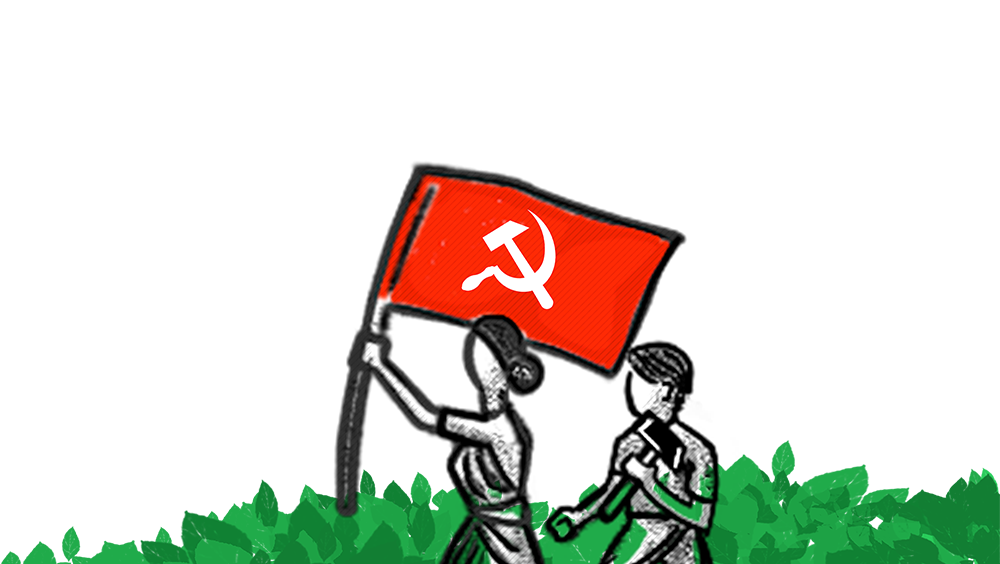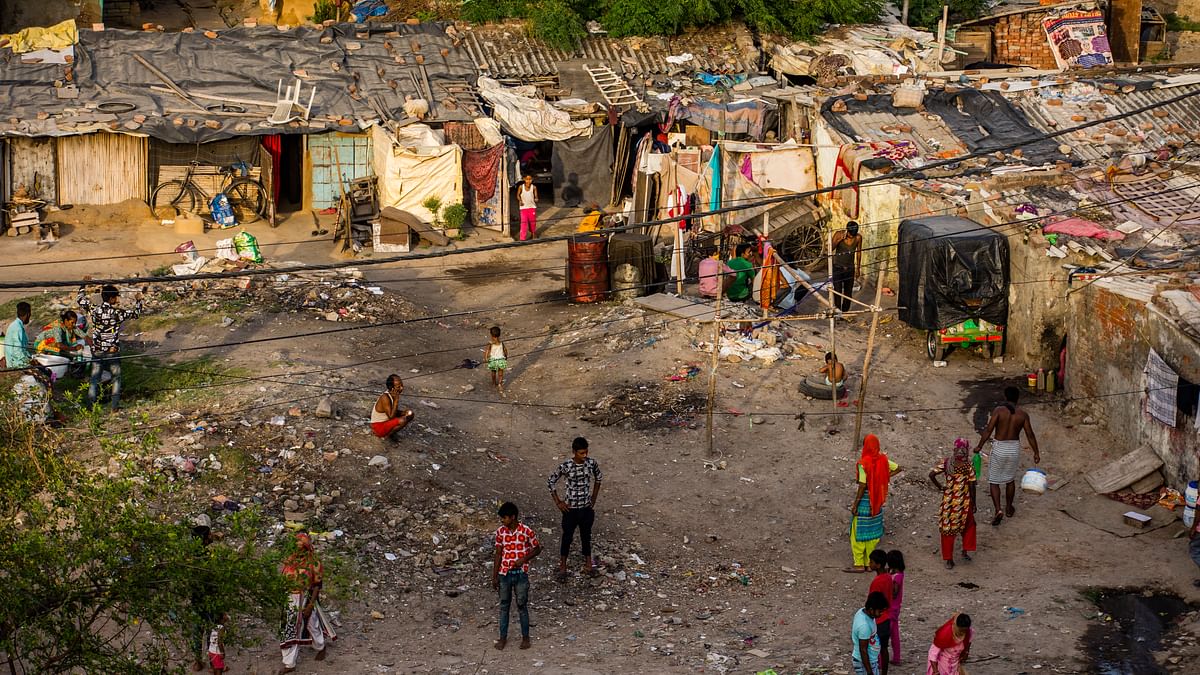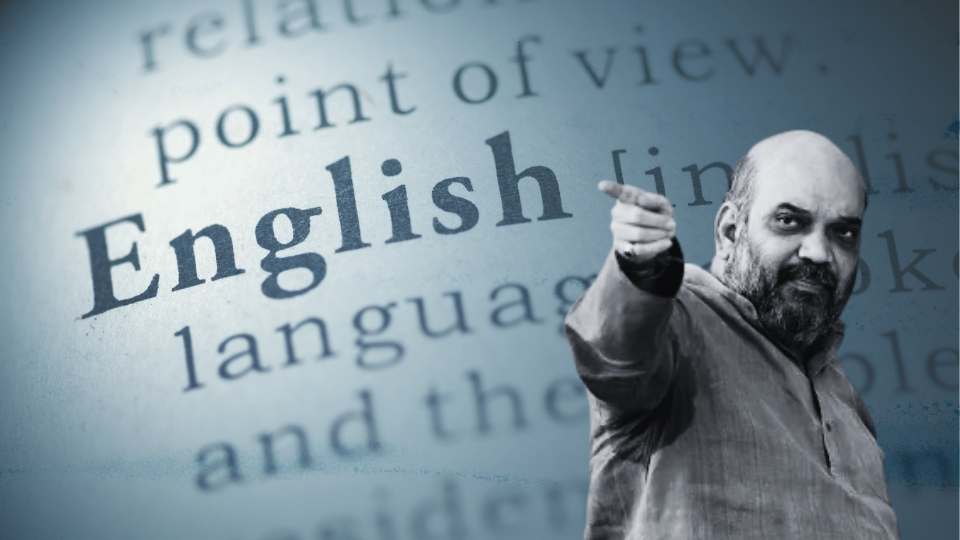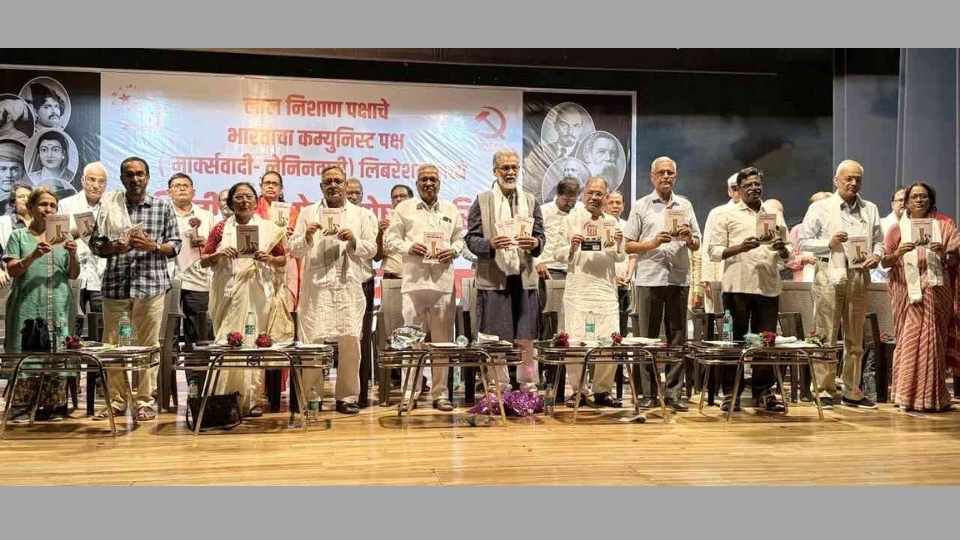A comparison between the NFHS5 data that was released last month and the survey data on which the MPI baseline relies on demonstrates that the percentage of children under five years who are severely wasted has increased in BJP ruled UP from 6% in 2015-16 to 7.3% in 2020-21. The percentage of children aged 6-59 months who are anaemic has also increased from 63% to 66% over the same period. The poor showing by Bihar in the survey prompted an angry response by the Nitish Kumar government, leading BJP spokesperson Prem Ranjan Patel to brand their own government’s survey as a “bunch of lies”! The myth of Susashan in Bihar has been exposed by the fact that the state has performed very poorly on most counts. Gujarat, another BJP stronghold for 25 years, with Narendra Modi himself as the CM for nearly 15 years had 41 percent of the population being nutritionally deprived.
The question that naturally arises is why is the method for the measurement of poverty being changed? Let us take a look at the debate regarding the methodologies of measurement of poverty in India. One of the earliest methods of poverty estimation in India was developed by Dadabhai Naoroji in ‘Poverty and the Unbritish Rule of India’, who estimated poverty based on the cost of subsistence between Rupees 16 and 35. The National Planning Committee set up by Subhash Chandra Bose and under the chairmanship of Jawaharlal Nehru in 1938 estimated a poverty line between Rs 15 to Rs 20 a month. The most recent efforts towards the reconstitution of the poverty line has been made by the Suresh Tendulkar Committee (2009) and the Rangarajan Committee (2014). The Tendulkar Committee was severely criticised for the suggested poverty line of Rs 22 per day in rural areas.
At each stage of the debate on the poverty line has been the question of whether and to what extent the state should support the needs of the poor. The demand for a recalibration of the measurement of poverty often is based on the argument that India is now categorised in many respects as a ‘middle income country’ and thus should no longer calculate poverty based on whether families receive two square meals a day. This proposal for recalibration is then linked to a demand for withdrawal of subsidies.
The method of poverty measurement itself is being changed through the MPI report. Earlier this year after the Arvind Panagariya-led task force failed to arrive at a consensus regarding the poverty line, which prompted the creation of an expert panel. Later in the year, the Modi government shelved the 75th Consumer Expenditure Survey report concluded in 2017-18, claiming that the findings of the survey were in contradiction to administrative data. The NITI Aayog hopes to highlight the amount of development that has been affected during the Modi regime by changing the methodology for calculating poverty.
Criticism of the MPI had been made as early as 2010 by Martin Ravallion, the research director of the World Bank. One of the many criticisms he makes is that the MPI is unlikely to measure the effect of economic downturn on the poor. It must be speculated if this is precisely the reason that the NITI Aayog has selected the MPI as an indicator, given the Modi government’s poor economic performance. Sabina Alkire, the co-creator of the MPI, has also accepted that given the weights of the index are rather arbitrary, which in turn allows its designers to simply draw whatever conclusions they would like from the data.
In a paper published last year Sabina Alkire, Christian Oldiges and Usha Kanagaratnam indicated that between 2005/06 and 2015/16, India halved its MPI and 270 million exited ‘multidimensional’ poverty. Yet the same data demonstrates that this didn’t automatically mean that the individual headcount of the poor has proportionally gone down, which the paper as much accepts. Instead it points to the fact that the ‘intensity’ of poverty in a few of the weighted indexes have declined. Naturally we would be justified in our apprehension that this allows the government to make (1) outlandish claims regarding poverty reduction and (2) withdraw support for poverty alleviation.
While it is important to take into account the multidimensionality of poverty as the Alkire-Foster method proposes, the nature of multidimensionality, the extent of relative deprivation and finally the implication of the data on state expenditure on poverty alleviation cannot be ignored. On the other hand the NFHS-5 data does effectively pick holes in the myth of development in BJP/NDA ruled states.





